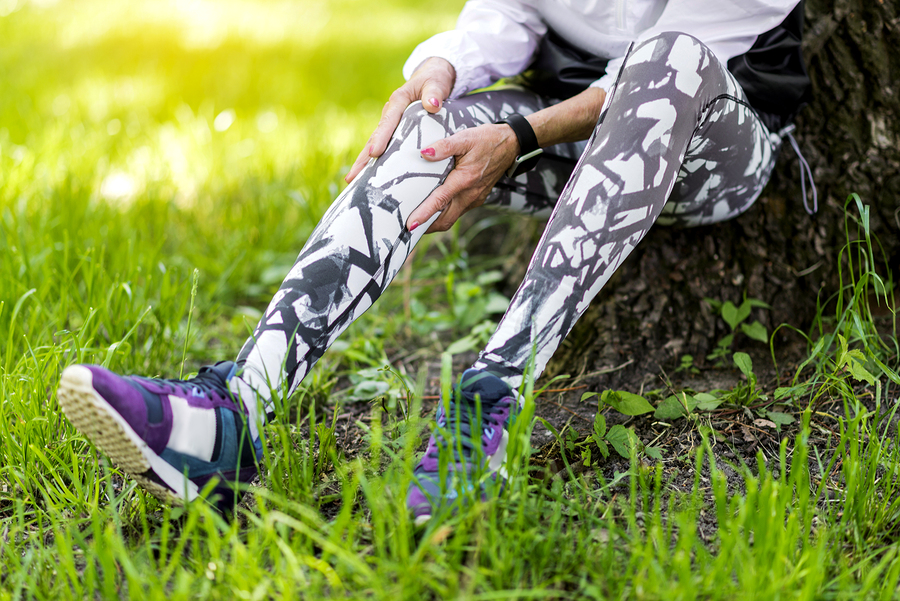There’s fresh debate about this. Here’s how to make sense of it.
First aid courses teach that for common injuries such as strains and sprains the immediate treatment is Rest, Ice, Compression, Elevation and Referral. R.I.C.E.R.
But this is being questioned in some quarters because the doctor who originally came up with it now says he’s not so sure about Rest and Ice.
Some argue that we should skip ice altogether, that although cold helps to numb pain, it slows down the body’s own repair and clean-up process. They maintain that since inflammation and swelling are part of the healing response, we shouldn’t get in their way.
As for Rest, that only encourages the area to stiffen up, they say.
But there’s another argument for a more moderate approach.
This calls for using ice straight away to limit pain and swelling in an acute injury like a sprain or strain, but to restrict it to the first 24-48 hours. After that it’s probably time to let the body get on with the job.
First Aid recommendations are usually along the lines of using ice for, say, 15 minutes every two to three hours. Some people working with high level athletes now use shorter bursts of around 5 minutes. So there’s room to move. Just remember your aim is to reduce the pain and swelling, so a nastier injury might warrant more time.
The moderate approach interprets ‘Rest’ as not doing anything that makes the injury more painful. Pain is usually a good guide.
It’s true that too much rest for too long can result in loss of strength as well as stiffness. But we don’t want to push through pain either.
If we can keep the area moving, even a bit, without pain, we’re helping the circulation, and that’s a good thing.
Compression and Elevation are still endorsed, at least if it’s a part you can elevate.
The anti-ice people favour heat because it stimulates blood flow. Not sure I’d want to do that with an injury that’s painful and swelling, but once it’s on its way to recovery, heat can help things along. This can take various forms, such as a warm shower or bath, a hot water bottle, or a wheat bag.
Of course, there are lots of different types of injuries. If you fall over or drop something on your foot, you might not strain or sprain anything, but still have pain and swelling, and eventually, bruises. Again, ice can help to manage it upfront, and heat might be useful later.
Acute injury aside, a lot of us deal more often with common old niggles and twinges. And there’s no hard and fast way to treat those.
For example, if your back feels stiff and sore after gardening, it might love a heat pack.
But if you have a joint, maybe a knee, that flares up from time to time after a bout of activity, ice could help to calm it down.
At this time of year, if you’re stiff in the mornings, a warm shower will probably help.
Ice or heat? Probably ice for inflammation and heat for stiffness, but go with whatever works best for you here.
Photo Source: Bigstock

